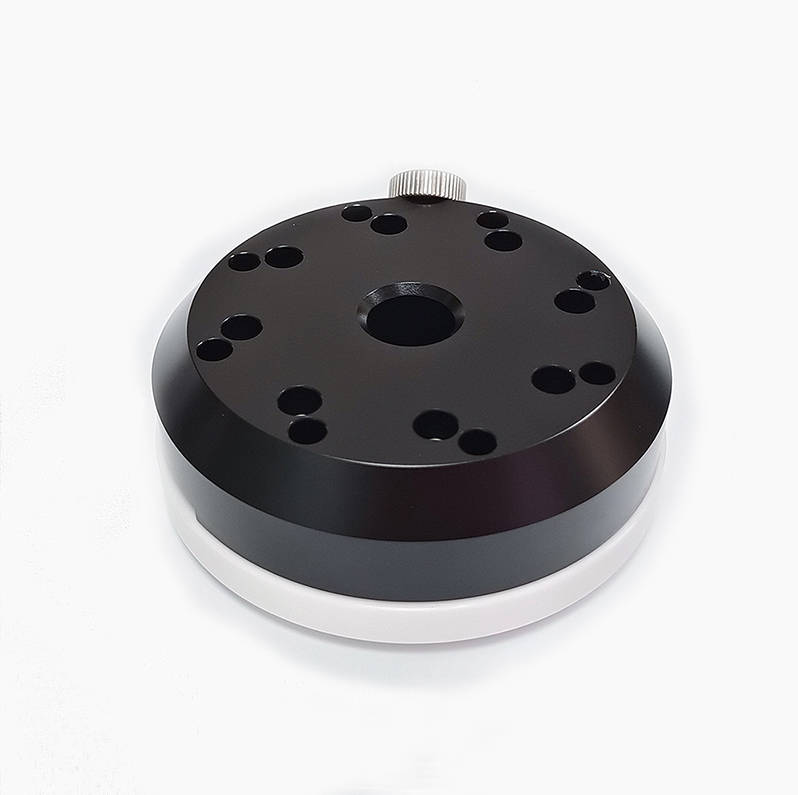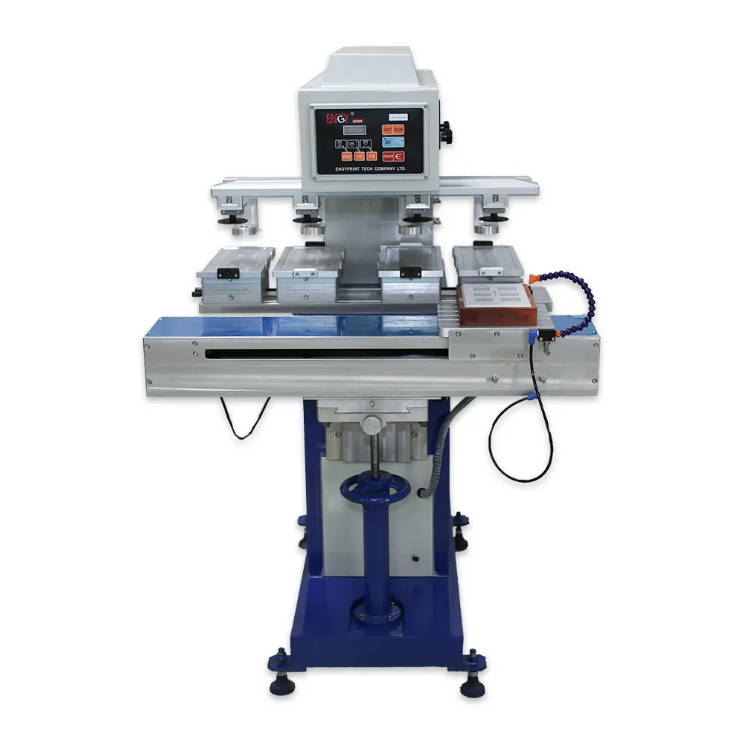Pad printers are invaluable tools for various industries, enabling the precise printing of designs on a wide range of substrates. However, to ensure their longevity and optimal performance, regular cleaning and maintenance are essential. This article provides a comprehensive guide for users considering purchasing a pad printer, addressing common questions and concerns.

Understanding the Components of a Pad Printer
A pad printer consists of several key components, each playing a crucial role in the printing process:
- Ink Cup: Holds the ink and facilitates the transfer to the pad.
- Pad: A silicone pad that transfers the ink from the plate to the substrate.
- Plate: Contains the etched design that is transferred during printing.
- Substrate: The surface onto which the design is printed.
Understanding these components helps users appreciate the importance of regular maintenance to prevent issues that could affect print quality.
Why Regular Cleaning is Essential
Regular cleaning is vital for maintaining the functionality of your pad printing machine. Ink residue and debris can build up over time, leading to several problems:
- Clogged Pads: Ink can dry on the pad, affecting its ability to transfer designs accurately.
- Uneven Prints: Dirty components can lead to inconsistent ink application, resulting in poor print quality.
- Increased Wear: Neglecting cleaning can accelerate the wear and tear of critical components, ultimately shortening the lifespan of your pad printer.
Cleaning Procedures
Daily Cleaning Routine
To maintain the performance of your pad printer, a daily cleaning routine is necessary. Here’s a step-by-step guide:
- Turn Off the Machine: Always ensure the pad printer is powered down before cleaning.
- Remove Excess Ink: Use a soft cloth to wipe away excess ink from the ink cup, use transparent tape to clean the ink on the pad.
- Clean the Pad: Gently clean the pad with an appropriate solvent to remove any dried ink.
- Inspect Components: Check the ink cup and plate for any ink buildup or residue.
For daily cleaning, it’s advisable to use solvents specifically designed for pad printing machines, ensuring no damage to the components.
Weekly Maintenance
In addition to daily tasks, weekly maintenance should include:
- Thorough Cleaning of the Ink Cup: Remove the ink cup and clean it with a brush to ensure no ink residue remains.
- Pad Inspection: Check the pad for signs of wear or damage. Replace it if necessary.
- Plate Cleaning: Ensure the plate is free from ink and debris, as this affects print quality.
Monthly Deep Cleaning
Once a month, perform a deep cleaning to maintain the printer’s longevity. This process includes:
- Disassembling Components: Safely disassemble parts such as the ink cup and plate.
- Soaking: Soak the components in a suitable cleaning solution to dissolve any stubborn ink residues.
- Rinsing and Drying: Rinse thoroughly and allow all components to dry completely before reassembling.
This thorough approach to cleaning helps maintain the best pad printer performance and extends its lifespan.
Maintenance Tips for Longevity
Proper Storage and Handling
When not in use, proper storage of your pad printing machine is essential. Store it in a clean, dry area away from direct sunlight and extreme temperatures. Handle components gently to prevent any accidental damage.
Regular Inspections
Conducting routine inspections of your pad printer can identify potential issues before they escalate. Look for:
- Signs of wear on pads and plates.
- Any ink buildup that could lead to problems.
Using Quality Inks and Supplies
The quality of inks used can significantly affect maintenance needs. It’s crucial to source inks from reputable suppliers. High-quality inks not only yield better prints but also minimize residue and cleaning frequency.
Troubleshooting Common Issues
Identifying Print Quality Problems
Common defects in print quality may arise from several factors, such as:
- Inconsistent ink transfer.
- Blurry or uneven prints.
Solutions to Common Issues
If you encounter issues with your pad printer, refer to the following troubleshooting tips:
- Check for Clogged Pads: Clean or replace as necessary.
- Adjust Ink Viscosity: If the ink is too thick or thin, it may not transfer correctly.
Professional Servicing
For optimal performance, consider professional maintenance services, especially if you frequently use your pad printing machine. Regular servicing can prevent small issues from developing into significant problems, ensuring your printer remains in top condition.
Conclusion
In conclusion, regular cleaning and maintenance are crucial for the longevity of your pad printer. By implementing the outlined practices, users can ensure their investment in a pad printer for sale is protected, ultimately leading to better performance and print quality.
If you’re considering the best pad printer for your needs, remember that maintenance plays a vital role in maximizing its potential. Don’t hesitate to reach out for more tips and insights on maintaining your pad printing machine effectively.





